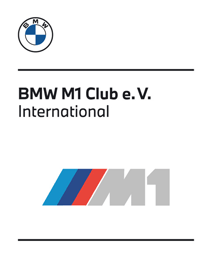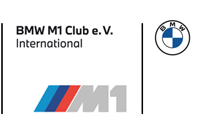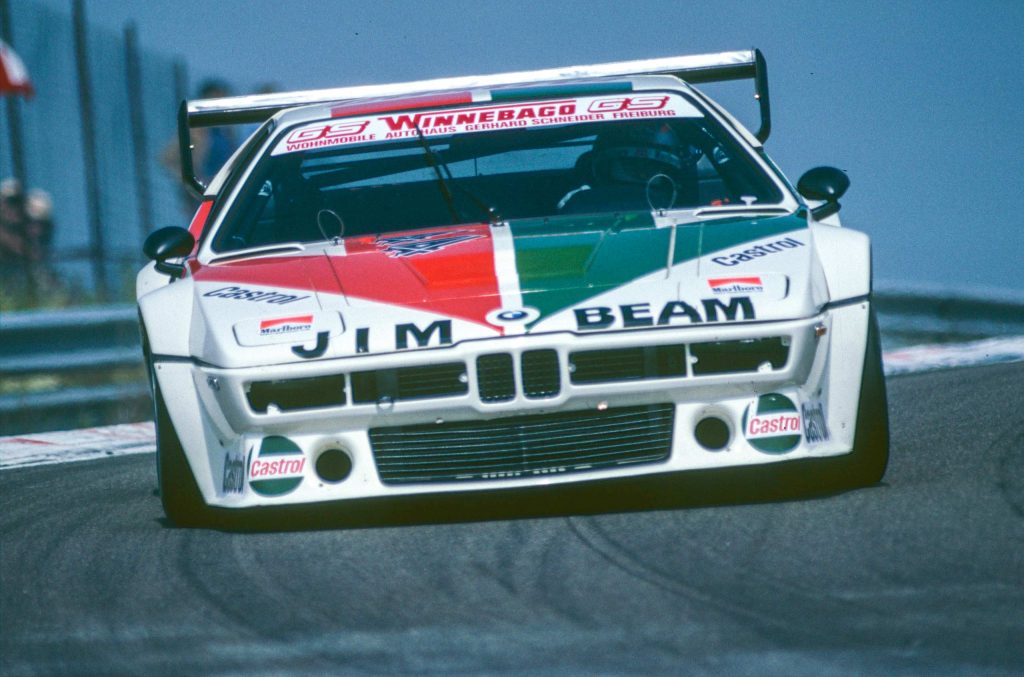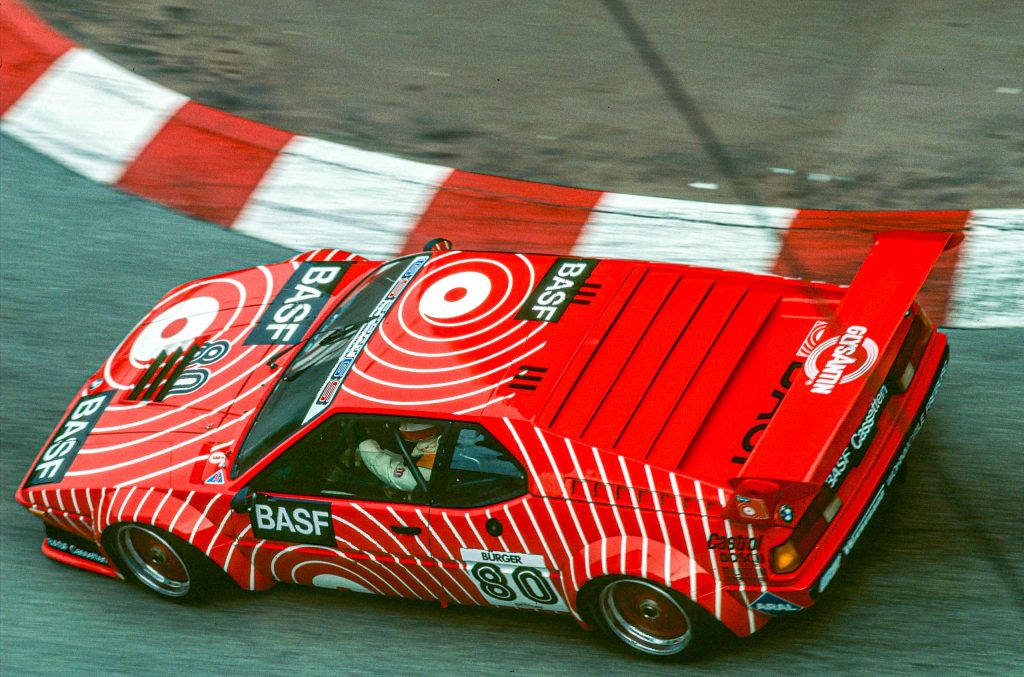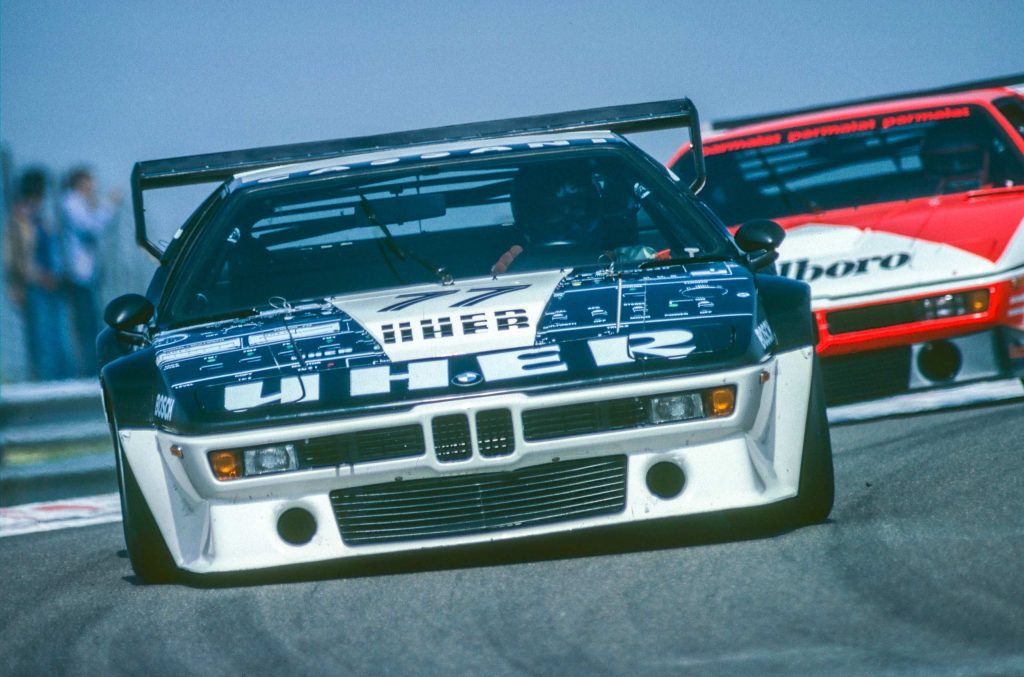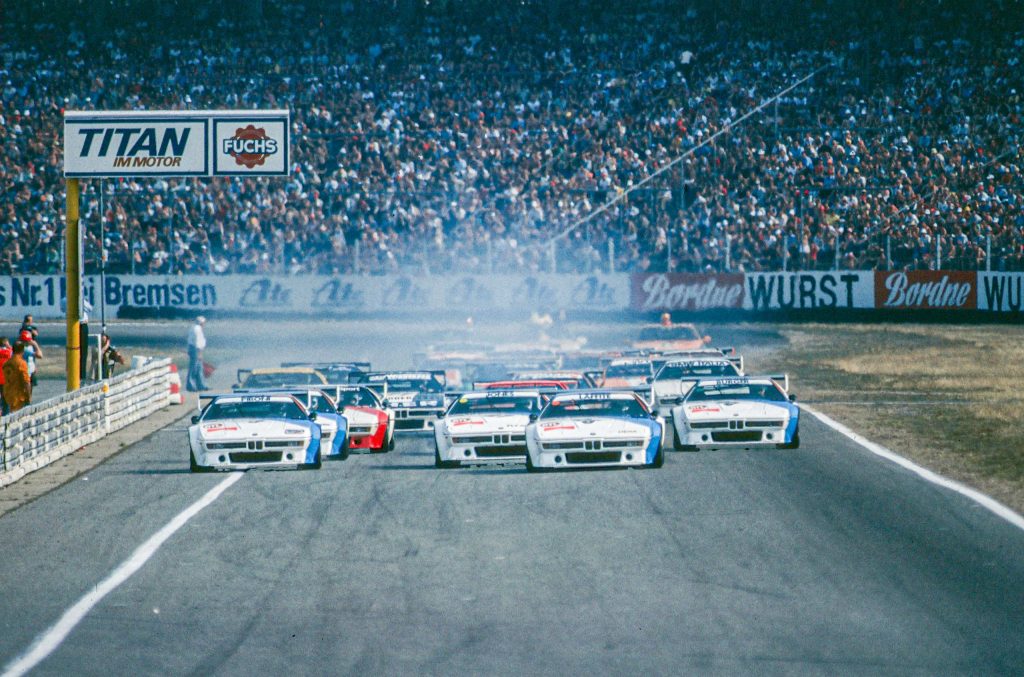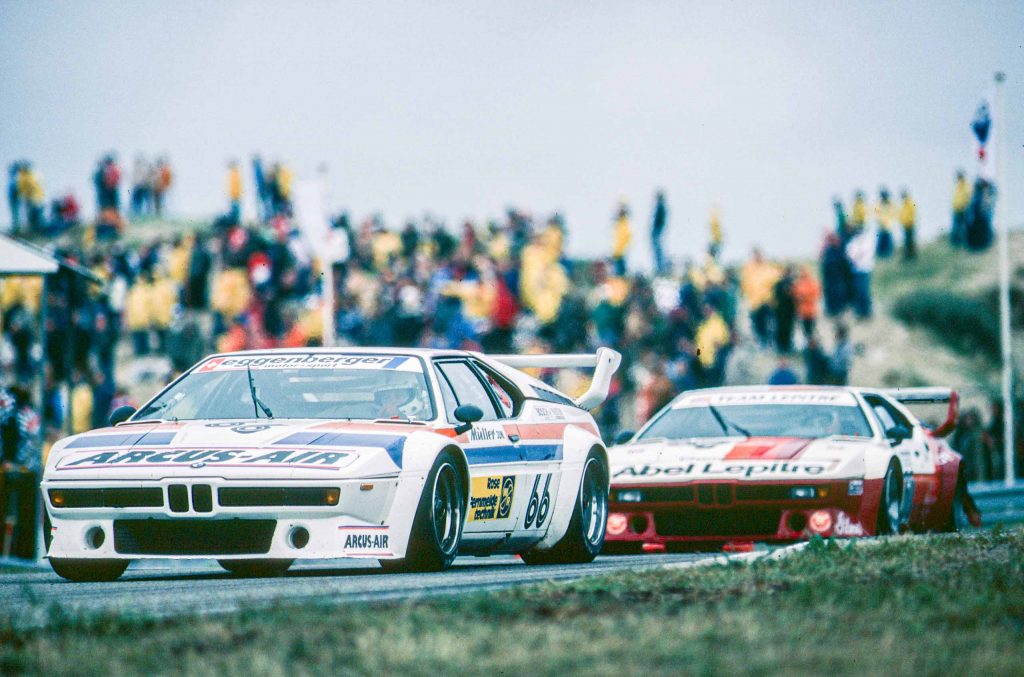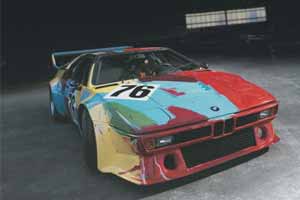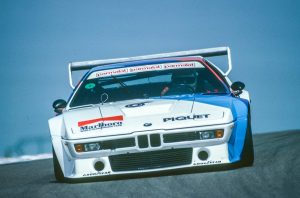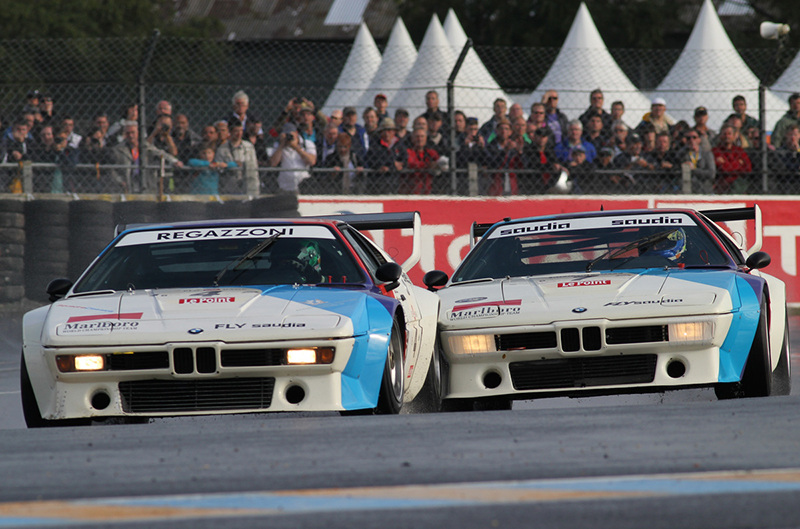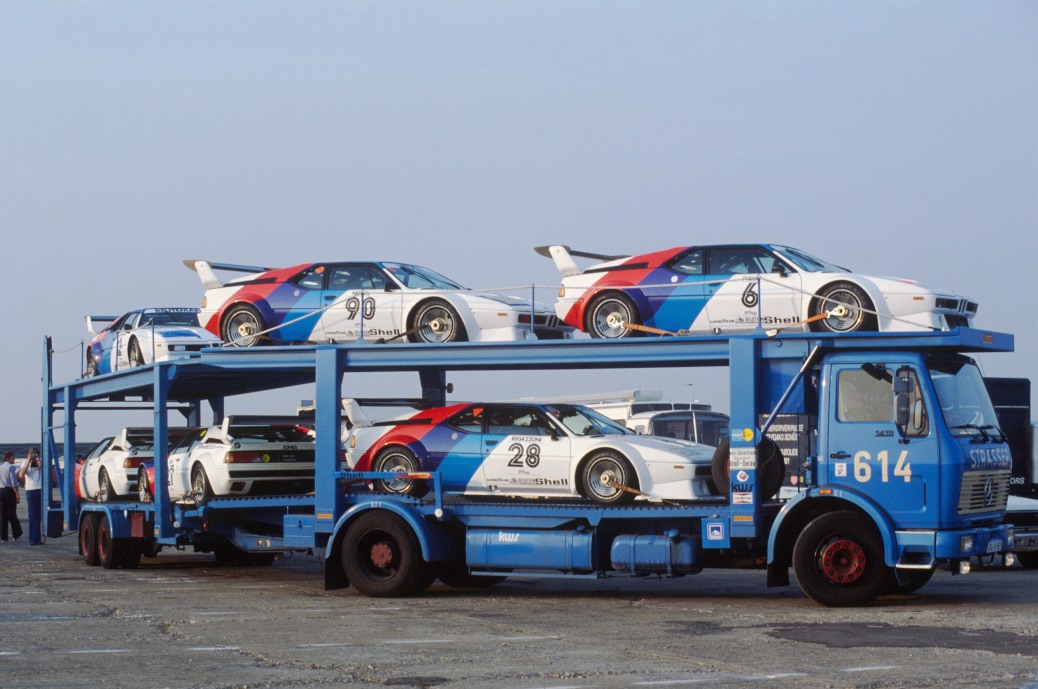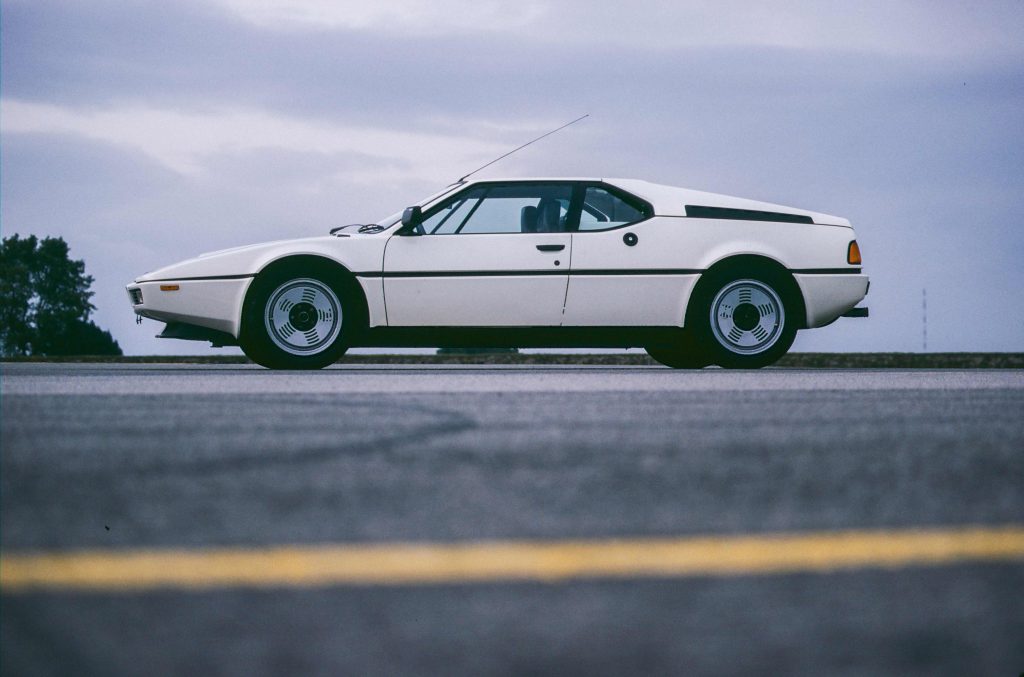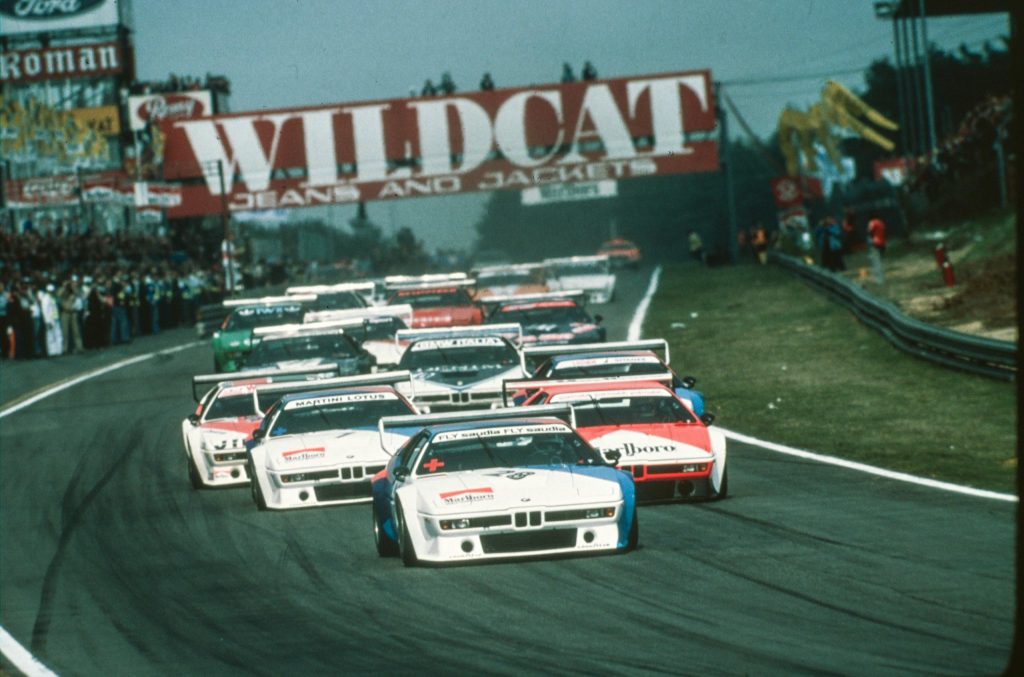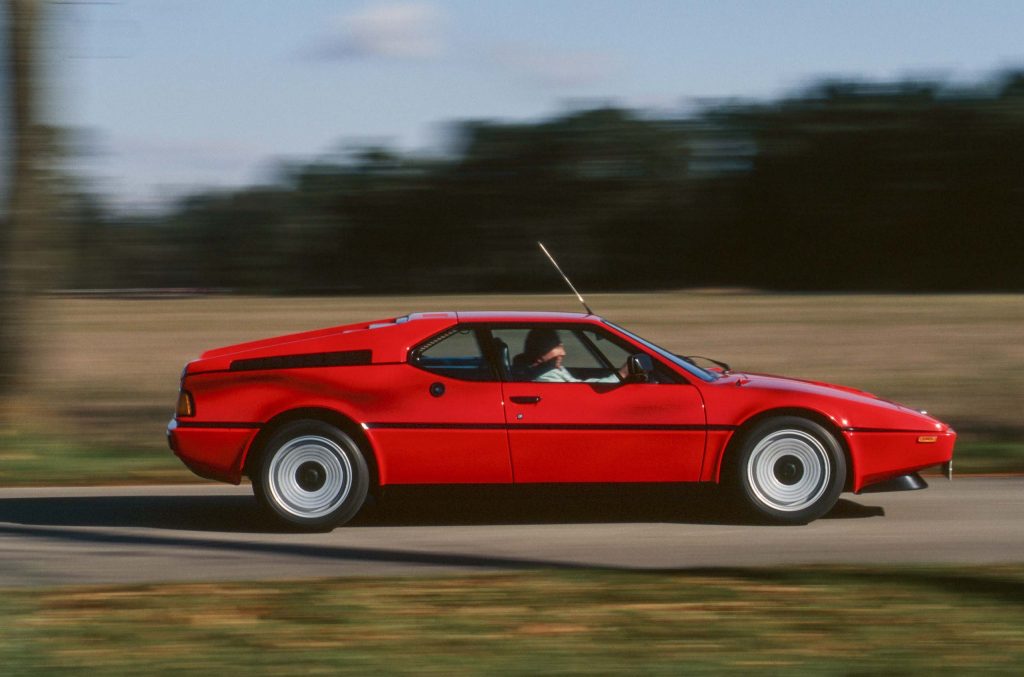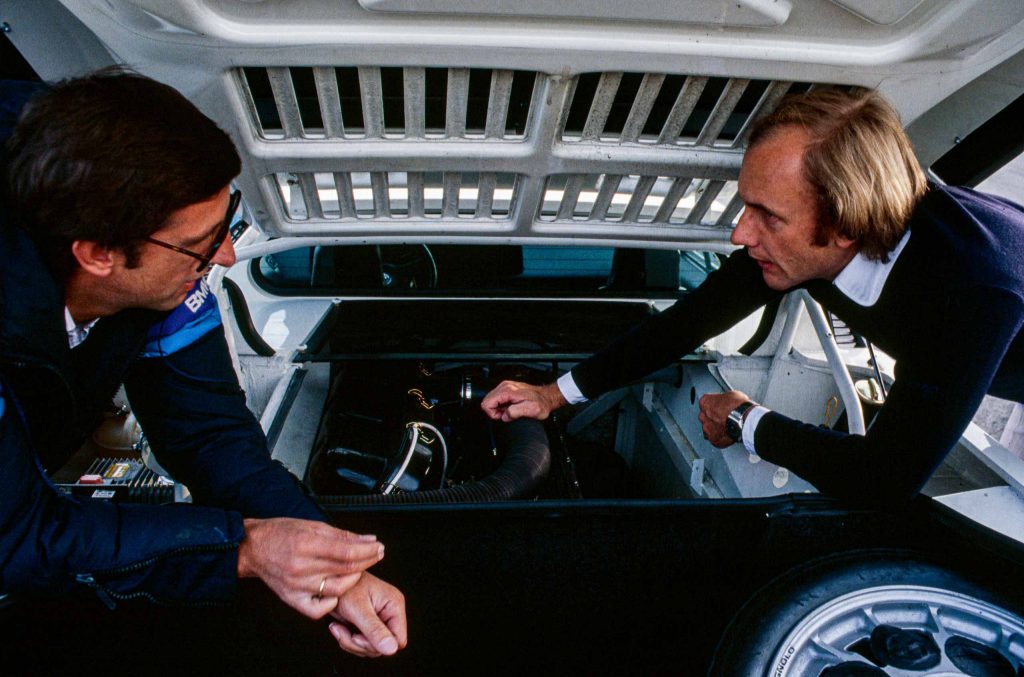The
PROCAR-Series
The Procar Series was designed according to the following outlines:
The five Formula 1 drivers qualifying on the first five positions for the Formula 1 race compete against a maximum of 19 private drivers (number of private drivers was limited to 15 in Monaco). Formel-1 stars like Nelson Piquet, Emerson Fittipaldi,Gilles Villeneuve and Carlos Reutemannn fought against private drivers like Marc Surer, Manfred Winkelhock and Eddie Cheever.
The cars were derived from the Group 4 M1 and identical which was achieved by a controled RPM-limiter. Racing distance was 100km, on every weekend of the Grand-Prix in:
- Belgium
- Monaco
- Great-Britain
- France
- Germany
- Austria
- Netherlands
- Italy
Racing cars
The Group 4 cars designated to become a Procar were completed by Osella in Italy, the Motorsport GmbH or Ron Dennis in Great-Britain. All the Procars provided to Formula 1 pilots were completed by the Motorsport GmbH. In total there have been 44 Procars.
Modifications compared to the road-version were moderate. The most distinct difference was the huge wing mounted for the race. This was found necessary because the M1 was extremely hard to handle without at high speeds bejond 300 km/h. RPM was limited for reliability reasons to 8500 rpm. Gearbox and rear-axle ratios were identical. Homogenity was the key to success for the Procar Series. This requirement for equal chances qas monitored constantly to convince everybody to stay within regulation limits.
The PROCAR-Series Races (1979 und 1980)
The 470hp strong Procars were far from easy-handling cars. Subsequently races were quite thrilling to watch (and drive?). The first race, the Grand-Prix of Belgium in Zolder put the Procar Series on the test. Procars were exclusively equipped with Goddyear tires. The five fastest qualifiers of the Formula 1 drivers and therefore the professional participants for the Procar race all had contracts with other tire companies. Two of the five, namely Gilles Villeneuve (Ferrari) and Jean-Pierre Jabouille (Renault) – were forbidden to start by their teams. Especially Renault was not particularly interessted in offering BMW a advertisement platform for free. The list of qualifiers was read further down. But also for the driver in sixth position in the Formula 1 grid, Ferrari-pilot Jody Scheckter, a start became obsolete due to the reasons above.
Next in the queue were Niki Lauda (7th position) and Nelson Piquet who finally entered the Procar grid. But that did not at all solve the problem. Niki Lauda had already qualified for the Procar race – as private driver. As far as the regulations were concerned Formula 1 pilots were supposed to start from the positions 1 to 5 – were to put Niki Lauda now?
The French never became great friends of the Procar Series. During the Grand-Prix of France the official even wanted to cancel the Procar race. Bernie Ecclestone convinced them by “offering” in turn to cancel the whole Grand-Prix. They received the message.
The grid was composed of the following drivers:
Private drivers:
Hans Georg Bürger (D)
Jean.-P. Beltoise (F)
Walter Brun (CH)
Eddie Cheever (USA)
Bruno Giacomelli (I)
Toine Hezemans (NL)
Markus Höttinger (A)
Markus Hotz (CH)
Jean.-P. Jarier (F)
Helmut Kelleners (D)
Franz Konrad (D)
Jean.-L. Lafosse (F)
Sepp Manhalter (A)
Tiff Needell (NL)
Dieter Quester (A)
Wolfgang Schütz (D)
Marc Surer (CH)
Manfred Winkelhock (D)
The following Formula 1 pilots jumped at least once into a Procar cockpit:
Niki Lauda (A)
Clay Regazzoni (CH)
Nelson Piquet (BR)
Jaques Laffite (F)
Didier Pironi (F)
Alan Jones (AUS)
Elio de Angelis (I)
Emerson Fittipaldi (BR)
Carlos Reutemann (RA)
Jochen Maas (D)
More interesting pages on the subject PROCAR
